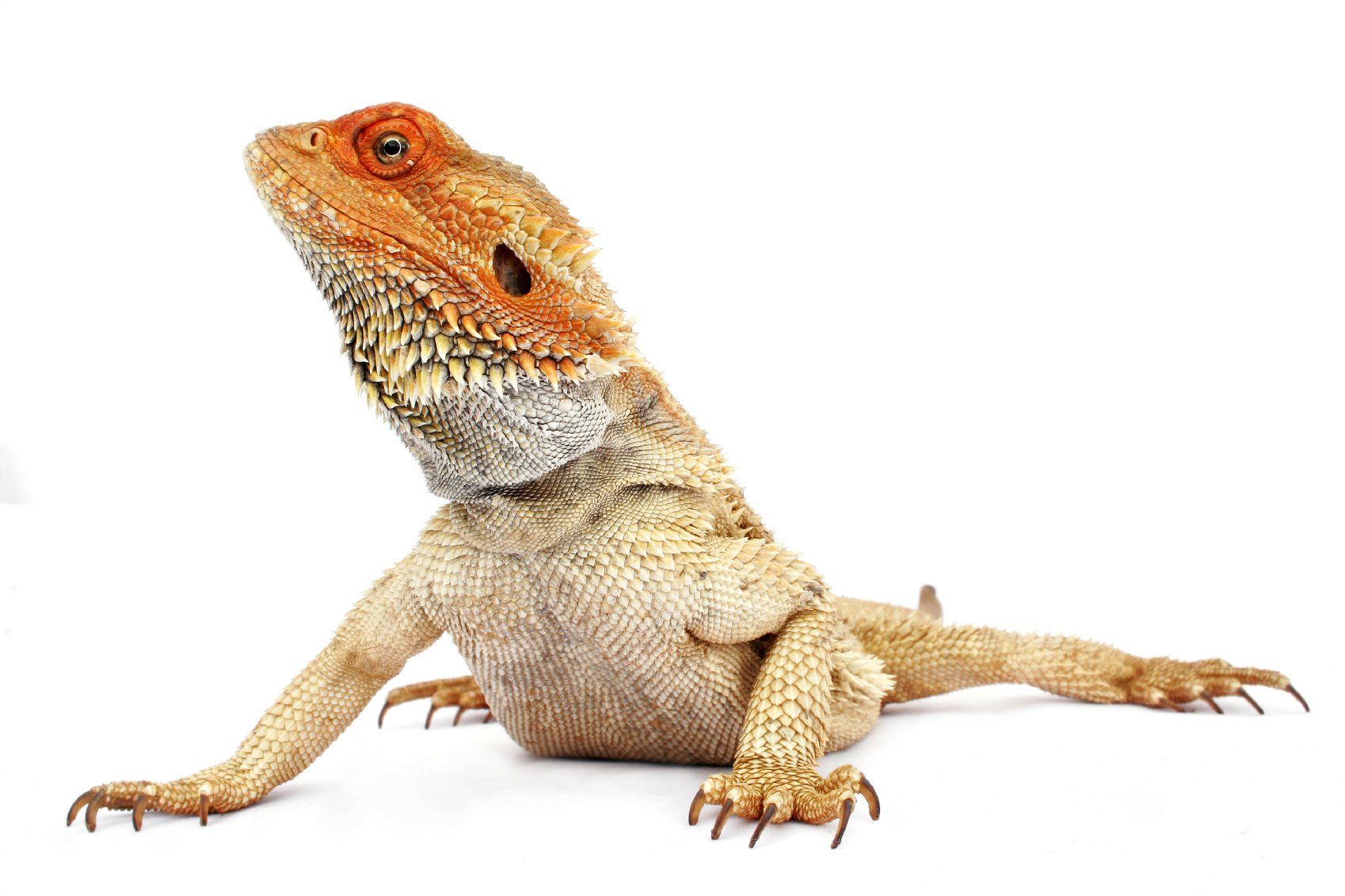RESPIRATORY DISEASE
Respiratory infections are common in all 3 groups of reptiles but are probably seen most often and most severely in snakes. These animals have only one functional lung and live frequently in low environments where air quality and ventilation are poor.
The first signs are often fluid at the nostrils or frothing at the mouth; in tortoises respiratory disease is frequently (and helpfully) referred to as "runny nose syndrome".
If not spotted and treated early this can frequently progress to a more serious infection frequently involving a dramatic and life-threatening stomatitis often referred to as "mouth rot".
Green tree python. A species that can be difficult to keep and prone to respiratory disease,
note the froth from the mouth.
Advanced septic stomatitis ("mouth rot") in a Fijiian Boa.
Note how inflamed and bruised the membranes of the mouth, the swollen glottis and the deposits of inspissated pus adhering to the mucous membranes of the mouth.
Respiratory infections are common in all 3 groups of reptiles but are probably seen most often and most severely in snakes. These animals have only one functional lung and live frequently in low environments where air quality and ventilation are poor.
The first signs are often fluid at the nostrils or frothing at the mouth; in tortoises respiratory disease is frequently (and helpfully) referred to as "runny nose syndrome".
If not spotted and treated early this can frequently progress to a more serious infection frequently involving a dramatic and life-threatening stomatitis often referred to as "mouth rot".
Green tree python. A species that can be difficult to keep and prone to respiratory disease,
note the froth from the mouth.
Advanced septic stomatitis ("mouth rot") in a Fijiian Boa.
Note how inflamed and bruised the membranes of the mouth, the swollen glottis and the deposits of inspissated pus adhering to the mucous membranes of the mouth.
Green tree python. A species that can be difficult to keep and prone to respiratory disease,
note the froth from the mouth.
note the froth from the mouth.
Advanced septic stomatitis ("mouth rot") in a Fijiian Boa.
Note how inflamed and bruised the membranes of the mouth, the swollen glottis and the deposits of inspissated pus adhering to the mucous membranes of the mouth.
TREATMENT
Is with antibiotics. Enrofloxacin and marbofloxacin are the most frequently used in reptiles based upon their good activity against gm -ve rods.
I also use a lot of ceftazidime ("Fortum") which has a broader spectrum of activity, causes less irritation on injection and needs to be injected only every 3 days instead of 2.
Attention should also be given to the environment particularly to temperature (reptile immune system is dependent on being able to maintain an adequate body temperature) and ventilation.
Is with antibiotics. Enrofloxacin and marbofloxacin are the most frequently used in reptiles based upon their good activity against gm -ve rods.
I also use a lot of ceftazidime ("Fortum") which has a broader spectrum of activity, causes less irritation on injection and needs to be injected only every 3 days instead of 2.
Attention should also be given to the environment particularly to temperature (reptile immune system is dependent on being able to maintain an adequate body temperature) and ventilation.





